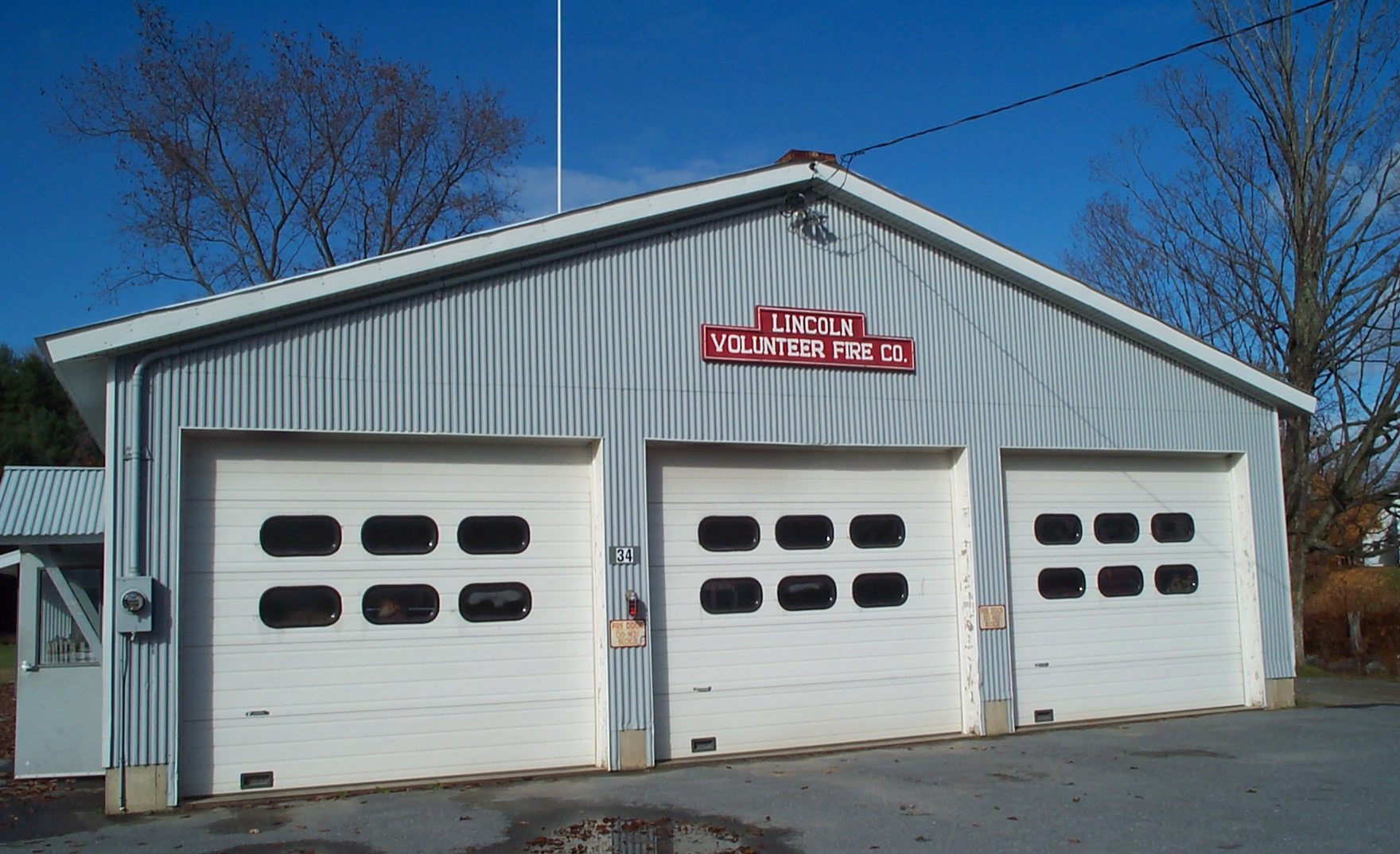Plan ahead:
Returning home:
Drinking water recovery
Home wastewater
- What do I do with my home septic system after a flood? Do not drink your well water until it is tested and safe. Do not use (flush) the sewage system until water in the soil absorption field is lower than the water level around the house. If you have a small business and your septic system has received chemicals, take extra precautions to prevent contact with water or inhaling fumes. Proper clean-up depends on the kinds of chemicals in the wastewater.
Limit contact with flood water
Flood water may have high levels of raw sewage or other hazardous substances. Early symptoms from exposure to contaminated flood water may include upset stomach, intestinal problems, headache and other flu-like discomfort. Anyone experiencing these and any other problems should immediately seek medical attention.
Mold
Eliminate standing water where mosquitos can breed
Mosquitos can sharply increase after a flood, due to the sudden availability of standing water which they require for breeding — even very small amounts of water. As flood waters recede be sure to drain, overturn, or empty areas — no matter how small — to reduce mosquito breeding areas and help reduce the spread of mosquito-borne diseases.
- Get rid of standing water in rain gutters, old tires, buckets, plastic covers, toys, pools, or any other containers.
- Empty water from damaged materials that aren’t usually outdoors, such as discarded furniture, household items, bookshelves, building materials, trash, etc.
- Drain wet areas and puddles of water, or fill them with dirt.
- More ideas for controlling mosquitos
- Why? The importance of controlling mosquito-borne diseases, such as West Nile Virus or Zika
Disaster Preparedness and Recovery Resources for K-12 Schools
Facility wastewater – Communities or facilities
Managing debris
Disasters can generate tons of debris, including building rubble, soil and sediments, green waste (e.g.., trees and shrubs), personal property, ash, or charred wood. How a community manages disaster debris depends on the debris generated and the waste management options available. Burying or burning is no longer acceptable except when permission or a waiver has been granted because of the side effects of smoke and fire from burning, and potential water and soil contamination from burial. Typical methods of recycling and solid waste disposal in sanitary landfills often cannot be applied to disaster debris because of the large volume of waste and reluctance to overburden existing disposal capacity.
Hazardous waste and homeland security
Managing appliances with refrigerants
Federal environmental laws govern the handling and disposal of equipment containing refrigerants. Learn how you can help minimize the health, safety, and environmental risks associated with handling and disposing of air-conditioning and refrigeration appliances under the extraordinary circumstances following natural disasters. It is illegal to knowingly vent or release refrigerants when disposing or preparing to dispose of a vehicle, small appliance, residential air conditioner, refrigerated trailer, or other refrigerant-containing equipment.
Pesticides, chemical and oil spills, hazardous waste
- Call the National Response Center 800-424-8802 (24 hours a day every day). For those without 800 access, please call 202-267-2675.
- Industries and businesses that encounter spills or discharges in the aftermath should contact the National Response Center immediately. You or your organization may have legal requirements for reporting or for taking other actions, depending on the spill.
- National Pesticide Information Center: 1-800-858-7378. Pesticide contacts
- How to Report Spills and Environmental Violations
Renovation and rebuilding
Lead-safe work: By law, contractors need to use lead-safe work practices on emergency renovations on homes or buildings built before 1978. Activities such as sanding, cutting, and demolition can create lead-based paint hazards. Lead-contaminated dust is harmful to adults, particularly pregnant women, and children.
- Important information about lead-safe clean-up and renovation
Asbestos: Anyone working on demolition, removal, and cleanup of building debris needs be aware of any asbestos and to handle asbestos materials properly. People exposed to asbestos dust can develop serious lung health problems including asbestosis, lung cancer and mesothelioma. Although the use of asbestos has dramatically decreased in recent years, it is still found in many residential and commercial buildings and can pose a serious health risk.
Underground Storage Tanks
During a flood, underground storage tank (UST) systems may become displaced or damaged and release their
contents into the environment, causing soil, surface water, and groundwater contamination.
Fuel Waivers
EPA works with the Department of Energy to address fuel supply disruptions caused by disasters or emergencies, by issuing fuel waivers for certain fuel standards, in affected areas.

